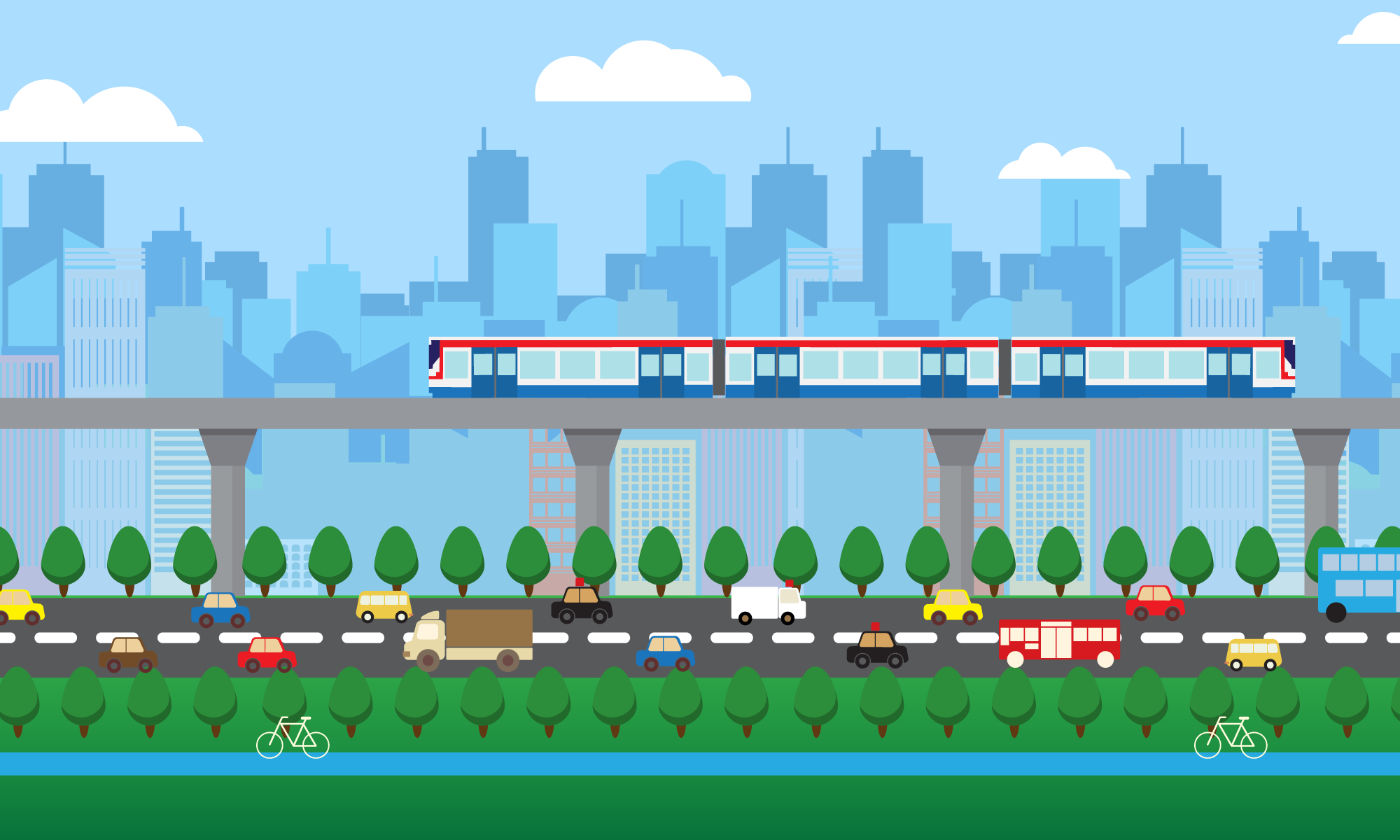Research and advocacy of progressive and pragmatic policy ideas.

What Is The Plan For Public Transportation In A COVID-19 World?
While the MY30 public transportation pass is commendable, we ask what are the policy commitments for getting public transportation back on track in the new normal.
By Aziff Azuddin & Nelleita Omar30 June 2020
Earlier this month, Prime Minister Muhyiddin Yassin announced PENJANA, a stimulus package intended to help the country recover from the economic fallout of COVID-19. Among its initiatives is the MY30 public transit pass, a much cheaper version of the MY100 pass, which allows unlimited travel across Klang Valley’s bus and rail services.
As a way to help ease the burden of those who rely on public transportation, the measure is a welcome one especially given the prospects of prolonged economic difficulty. At the same time however, PENJANA also offered a sales tax exemption for car purchases, a move that’s understandably targeted to stimulate private consumption and shore up the local automotive sector, but somewhat contradicts the spirit and message for public transportation.
Malaysia has the second-highest car ownership rate in ASEAN. Conversely, public transport usage in metropolitan areas is relatively low; a 2015 World Bank study showed that only 17% of Klang Valley commuters use public transportation compared to 62% in Singapore and 89% in Hong Kong. This statistic could be higher now with the expansions of Klang Valley’s MRT and LRT networks but it is unlikely that we are close to achieving the stated goal of 40% public transportation modal share.
If the government is serious about achieving this target, stronger policy measures are needed.
Reinstilling confidence
Public transportation naturally suffered during the Movement Control Order (MCO). Ridership numbers dropped 80% for KTMB and 66% for RapidKL buses, not only due to the MCO’s Standard Operating Procedures (SOP) such as halving maximum passenger numbers and seating capacity, but also because of the general public’s fear of contracting the virus.
This fear could have been better managed as Malaysia moved into a new normal under the Recovery MCO phase. On 9th June 2020, in what appeared to be an executive decision, Rapid KL announced a return to full seating capacity on its trains. In a matter of hours, the announcement was quickly withdrawn after the Home Ministry rebuked Rapid KL for making unauthorised changes in the SOP. Just two days later, however, the government themselves announced that public transportation services would no longer need to run at half-capacity.
This evident lack of alignment and coordination between service providers and the government was not very reassuring to commuters. In addition and perhaps more importantly, the public health and safety justification for returning to full capacity was never clearly communicated.
American studies have shown that public transportation is associated with higher COVID-19 death rates. However, studies in other countries have shown that public health measures such as wearing masks is key in managing the virus transmission in public transportation vehicles. Bottomline: real evidence of the safety of public transportation needs to be weighed, communicated and repeated if increasing ridership is a genuine target.
Solutions to improve commuter experience
The MY30 public transit pass is a great financial incentive to use public transportation. But as outlined in studies, including a brief overview by The Centre last year, there are other costs associated with using public transport: time, comfort, stress to name some key ones. While the expansion of MRT and LRT lines is important, it is not the entire commuter experience story. Insufficient feeder services to major stations as well as inconvenient routes are long-standing issues. Safe pedestrian access to transit points, both in terms of physical walkways as well as protection from street crime like snatch thefts, is another.
As part of the solution, we argued for increasing the use of open data to help commuters plan their journey better as well as give real-time feedback. This would ideally enable public transport service providers to allocate resources, fleets and frequencies to areas and routes needed most.
The government recently announced a collaboration with Google Maps to allow commuters to see real-time location of buses, a positive development. However, more can be done. For example, the government could create a data platform where commuters can vote for routes and service timings as well as provide real-time overall feedback. Such a platform would put commuters at the heart of public transit planning, allowing operators to respond more efficiently with improved routes, frequencies, and perhaps even type of vehicle.
Restating policy commitments
In this new post-pandemic reality shaped by COVID-19, there is a need to clarify the National Transport Policy. Does the National Transport Policy 2019-2030 still hold? What remains as priorities and what needs to be changed?
Beyond the MY30 public transit pass, the government’s policy thinking and commitment on public transportation needs to be made clear and followed up with credible action. Even with the challenges posed by COVID-19, there is a real opportunity to reshape public transport and achieve the modal share targets that have been set.
The Centre is a centrist think tank driven by research and advocacy of progressive and pragmatic policy ideas. We are a not-for-profit and a mostly remote working organisation.



